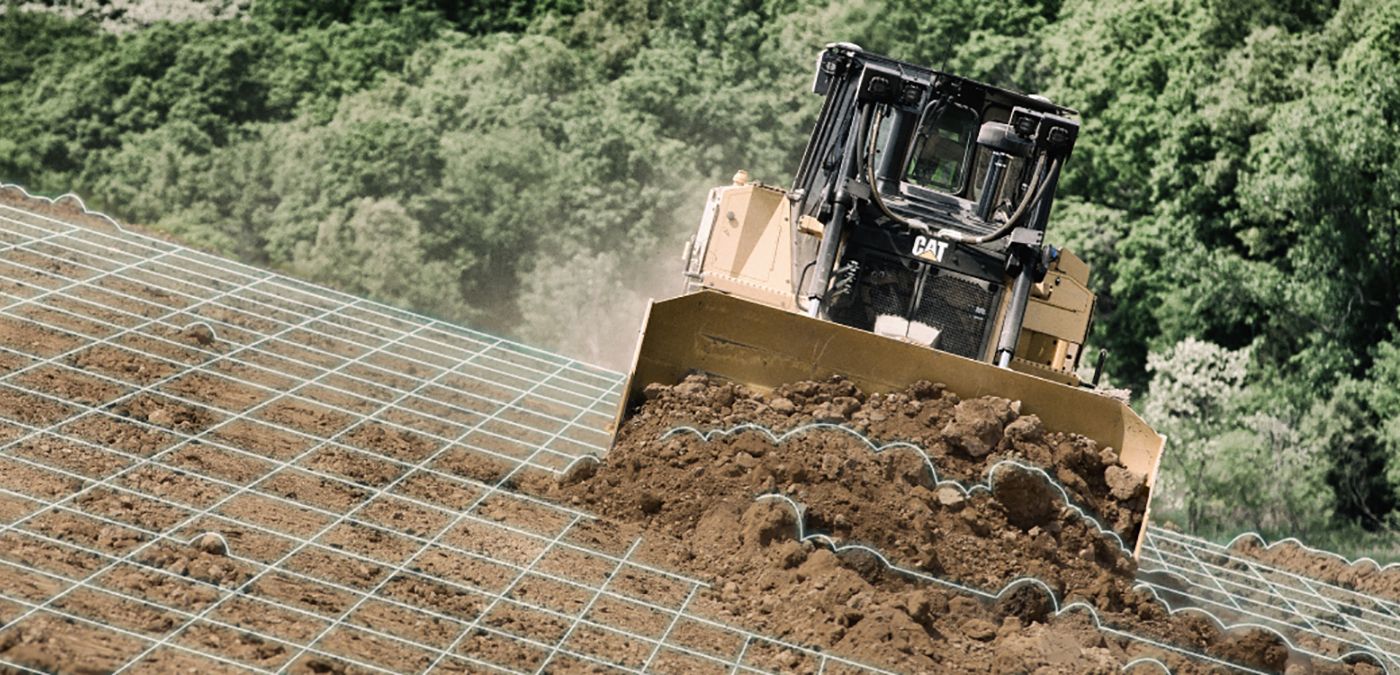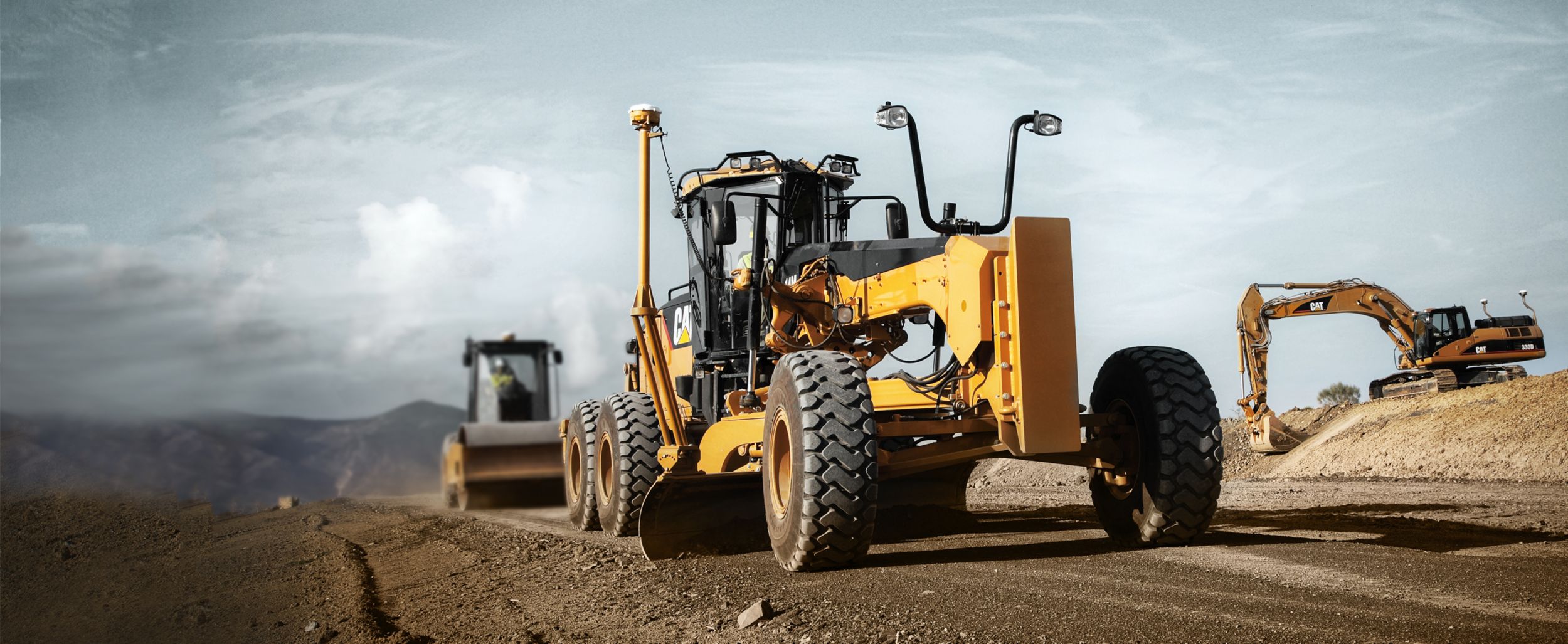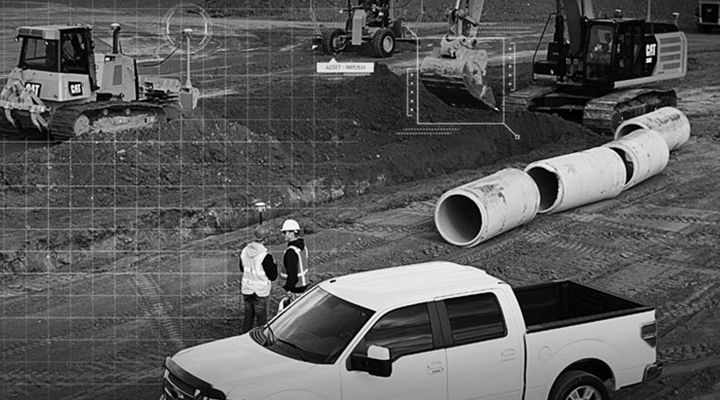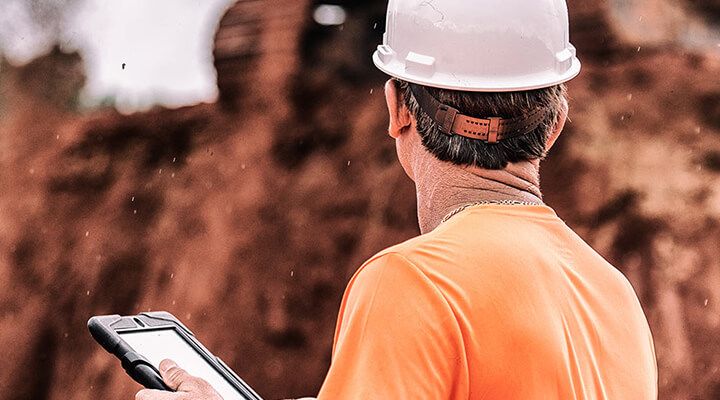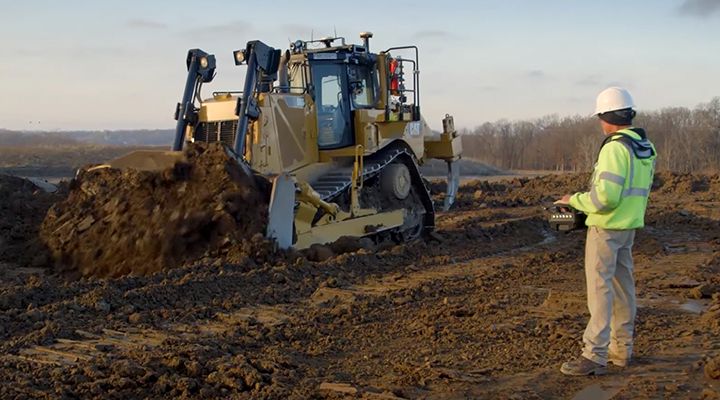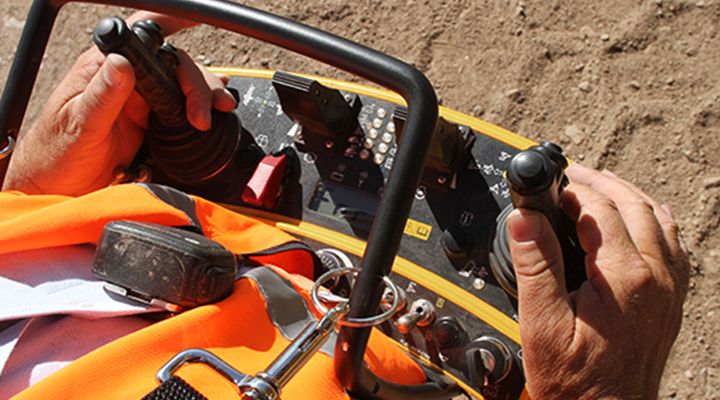

Sign In
Welcome! Sign In to personalize your Cat.com experience
If you already have an existing account with another Cat App, you can use the same account to sign in here
Register Now
One Account. All of Cat.
Your Caterpillar account is the single account you use to log in to select services and applications we offer. Shop for parts and machines online, manage your fleet, go mobile, and more.
Account Information
Site Settings
Security
More advanced technology coming to the jobsite
While the construction industry has had a reputation for being slow to adopt technology, the last decade has seen steady growth in the introduction of advancements to address specific challenges. For example, the ongoing labor shortage has sparked the development of robotic hardware and software to close the gap. Environmental and sustainability regulations are driving the development of innovative materials. Here are just some of the emerging technologies you might see on your next jobsite.
LiDAR (Light detection and ranging)
LiDAR allows sensors mounted on construction equipment and the surrounding worksite to be scanned and produce high-resolution 3D images in real time. Images like these make performing work remotely possible. This type of technology can take workers out of harm’s way during dangerous operations as well as enhance the accuracy and speed of changes on the job. LiDAR, however, is sensitive to environmental conditions such as weather or heavy dust and particulates.
Robots & Robot Swarms
Recently, Japanese researchers have announced the development of the HRP-5P, a humanoid robot that can be programmed to perform basic tasks like installing drywall. According to a recent technology review by Lior Zitzman, other robots closing the labor shortage gap include a semi-automated mason and the Tybot, a robot which ties rebar on bridges in half the time it takes a human crew.
Another robotic development includes “robot swarms.” Robot swarms consist of hundreds of tiny robots that work together like a “swarm” of insects. At Harvard’s Self-Organizing Systems Research Group, they have designed a swarm of tiny, four-wheeled robots that can operate together to lay bricks. Swarms could be applied across a wide range of applications where human workers face high risk or can’t reach or can’t even work at all, such as the deepest parts of the ocean.
“Hi-Tech” Hardhats
Wearable technology that monitors worker physical status, like body temperature and heart rate, is already available for construction — and it’s growing. Shimabun, a Japanese company, recently released an upgrade kit to outfit standard hardhats with advanced safety capabilities. The Shimabun-equipped hardhat can monitor location, motion and temperature, and then issue an alert to the worker if conditions may become unsafe. The technology also has fall dectection with emergency call capabilities.
SmartBoots
SmartBoots integrate sensors that can measure worker fatigue, alert first responders in an emergency and communicate with sensors in heavy equipment to prevent accidents. The boots are powered by the motion of the worker’s movements. They can be equipped with RFID devices so managers can identify workers when they enter the site and monitor their activities.
Advanced Materials
Responding to the demand for increased sustainability, reduced pollution and lower costs, research and development is providing new building materials. Translucent wood offers an alternative to window glass; it’s stronger and more biodegradable. Wool and seaweed have been combined to create a new kind of brick that is 37 percent stronger than traditional bricks, plus doesn’t need to be fired in a kiln, which reduces carbon emissions. New entrants to the clean energy market are algae-infused building panels and invisible solar cells.
RELATED ARTICLES
You’re here to get ideas to grow your business. Read on for machine insights and expert tips and tricks to get more out of every job.
-
Productivity - More Efficiency. Better Results.
Cat® Technologies gives you the accuracy, consistency and productivity you want.
Learn More -
Should You Take A Harder Look at Telematics?
Technology has been helping the construction industry get more productive for a long time.
Learn More -
Automation & Autonomy: What's the Difference?
These words get used interchangeably, creating confusion. To improve consistency, we've defined these terms.
Learn More -
Machine Control & Automation Can Add To Your Bottom Line
Technologies that enhance machine performance can add to the bottom line.
Learn More
